
Soaring to New Heights: Enhancing Vertical Speed and Jumping Abilities in Basketball and Volleyball
In the world of sports like basketball and volleyball, where vertical speed and jumping abilities can mean the difference between victory and defeat, Atlas Performance Training is committed to helping athletes reach new heights—quite literally. In this blog post, we'll explore the vital importance of vertical speed and jumping abilities in these sports. We'll detail training methods and coaching techniques that empower athletes to improve their vertical jump and explosive power, with a special emphasis on the role of neuromuscular adaptation training in achieving higher vertical leaps.
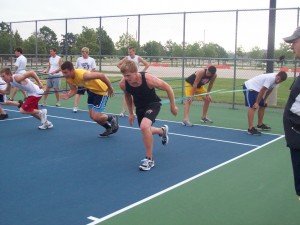
Powering Through: Energy System Development for Peak Stamina in Field Sports and Court Play
In the arena of sports, endurance is the unsung hero that fuels athletes through grueling matches and competitions. Whether it's the endless sprints of soccer, the relentless running of basketball, or the ceaseless pursuits of field sports, stamina is the key to success. At Atlas Performance Training, we understand the significance of cardiovascular endurance in these sports. In this blog post, we'll stress its importance, provide specific training methods and coaching principles for improving energy system development, and discuss how sport-specific endurance training can elevate an athlete's stamina and energy systems.

Stretching Every Day: The Benefits and Its Place in Your Fitness Routine
Have you ever wondered about the role of stretching in your health and performance training program? The answer may surprise you. Stretching, particularly dynamic stretching, can be a game-changer in enhancing your overall fitness journey. In this blog post, we'll explore how dynamic stretching can improve the results of your training program, when to incorporate it, and how both dynamic and static stretching contribute to long-term flexibility and mobility.

Unleashing the Need for Speed: Developing Linear Speed for Field Sports
In the realm of field sports such as football, lacrosse, soccer, and baseball, linear speed is a game-changer. Athletes who can accelerate rapidly in a straight line possess a distinct advantage. Atlas Performance Training understands the pivotal role of linear speed and, in this blog post, we will delve into the specifics of developing this crucial attribute. We'll provide insights into training methods and coaching principles that enhance linear speed and emphasize how proper technique and form can significantly impact an athlete's performance on the field.
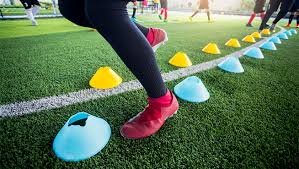
Navigating the Maze: Agility Drills for Smooth Direction Changes in Sports
In the world of sports, agility is the secret weapon that allows athletes to navigate complex scenarios with grace and precision. The ability to change directions swiftly is a game-changer, and Atlas Performance Training understands its significance. In this blog post, we will highlight the importance of agility drills in enhancing an athlete's ability to change directions swiftly. We'll present a range of agility training methods and drills tailored to different sports and explain how improved agility can have a positive impact on overall athletic performance.

Speeding Sideways: Building Horizontal Speed for Lateral Excellence in Basketball and Soccer
In the dynamic world of sports like basketball, volleyball, and soccer, mastering horizontal speed is a game-changer. Athletes who can move quickly and efficiently laterally gain a significant advantage. Atlas Performance Training recognizes the importance of horizontal speed in these sports and, in this blog post, we'll dive into its significance. We'll describe training strategies that focus on improving lateral speed and agility, and we'll discuss specific movements and exercises that can enhance an athlete's ability to change direction quickly.
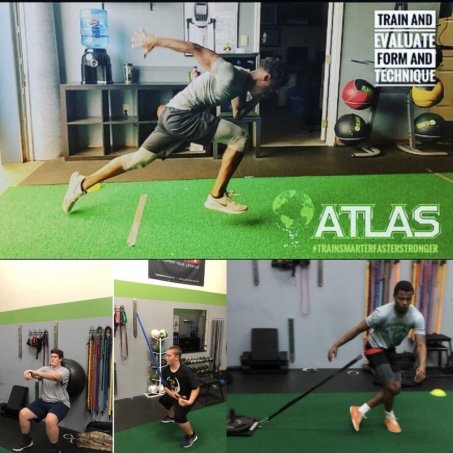
Functional Movement Screening and Corrective Movement: Ensuring Proper Athletic Development
In the pursuit of athletic excellence, understanding the concept and significance of functional movement screening is paramount for youth athletes. Functional movement testing goes beyond the surface, probing the intricacies of an athlete's mobility, stability, and overall physical function. In this blog post, we will explore the essence of functional movement testing for youth athletes, delve into practical methods for conducting these tests, discuss strategies for correcting and improving functional movement, and provide real-life examples illustrating the transformative power of these assessments and corrective exercises.
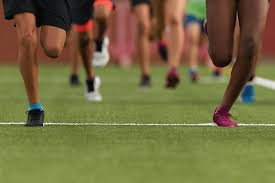
Speed Training Fundamentals for Young Athletes: Tailoring for Sports Excellence
As a dedicated coach at Atlas Performance Training, we understand the crucial role that speed plays in the success of young athletes. Whether they are aspiring basketball players, football stars, soccer enthusiasts, volleyball champions, rowing contenders, or baseball prodigies, speed is a fundamental aspect of their athletic journey. In this blog post, we will explore the foundational principles of speed training for young athletes, emphasizing its importance in sports performance. Additionally, we will delve into how speed training can be tailored to specific sports to meet the unique demands of each, and we will highlight training techniques and drills suitable for young athletes to enhance their speed and quickness.
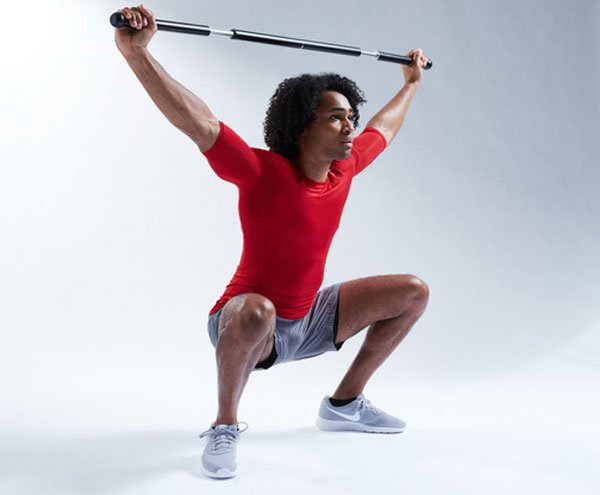
Identify Core Muscular Weaknesses and Strength Imbalances to Tailor Training Programs for Athletic Excellence
In the realm of youth athletic development, the pursuit of excellence extends beyond honing skills and perfecting techniques—it hinges on understanding the significance of identifying core muscular weaknesses and strength imbalances. This blog post embarks on a journey to explore the pivotal role that recognizing these physical limitations plays in enhancing athletic performance among young athletes. We'll delve into methods for pinpointing these issues, delve into customized training approaches aimed at addressing individual core weaknesses and strength imbalances, and illustrate the remarkable transformations young athletes can achieve through targeted training.

The Road to Greatness: Long Term Athletic Development in Youth Sports
In the world of youth sports, success is not just about winning today's game; it's about nurturing young athletes for a lifetime of achievement. At Atlas Performance Training, we understand the profound significance of a structured and long-term approach to athletic development for our young athletes. In this blog post, we will delve into why Long Term Athletic Development (LTAD) is the cornerstone of future athletic success and how it fosters lifelong healthy habits.
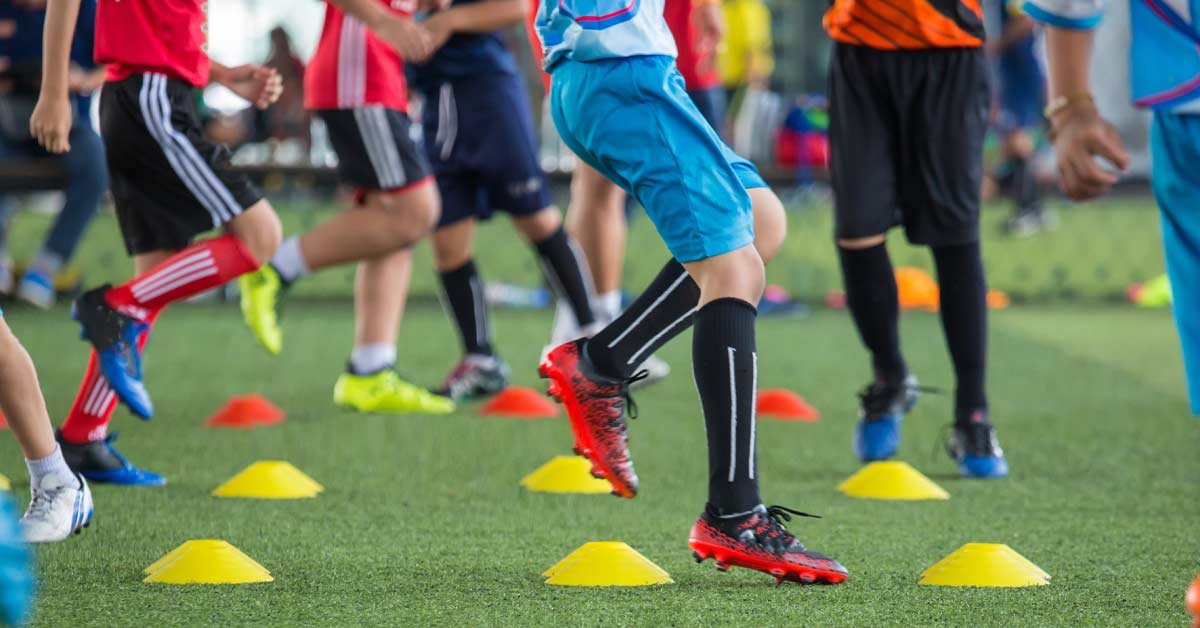
Building Champions: Periodization and Progression in Youth Athletic Development
Youth sports are more than just games; they are a journey of growth, development, and achievement. At Atlas Performance Training, we recognize that the path to athletic excellence involves careful planning and structured training. In this blog post, we'll delve into the concept of periodization and its critical relevance in youth sports. We'll also explore periodized strategies for developing the athletic abilities of young athletes and the transformative outcomes achieved through this structured approach.

Building Strength Safely for Teen Athletes
Strength training is a cornerstone of athletic development, and it holds particular significance for adolescent athletes. During this critical phase of physical growth and development, proper strength training can have a profound impact on athletic performance, injury prevention, and overall well-being. In this blog post, we will delve into the importance of strength training for teen athletes, explore safe and effective training methods, and emphasize the crucial role of supervision and technique correction.

Build a Stronger Kid: Lift and Learn
There is an age old question that goes back as far as I can remember, I tried to find out where or who came up with this myth and google failed to give me the definitive answer. But that is not important, what is important is that we are going to look at the benefits of learning to lift by briefly looking at the process of LEARNING to lift weights, which is based on two important principles. The first principle is developing the young person’s Relative muscular strength, which learning to perform basic bodyweight movements like a push-up, bodyweight squat, and lunge Pull-Ups, etc. with proper form and body control. In developing youth strength training programs for beginners exercises should in my opinion be limited to the use of specific types of resistance equipment like dumbbells, rubber bands, and tubes, with minimal intensity (lightweight) after they have learned how to properly execute the basic exercises that improve their Relative muscular strength. Developing relative strength varies and depends on the commitment of the individual youth, and their parents. After a solid foundation of relative strength has been developed, start developing their Absolute muscular Strength. This is when Free weights and resistance machines are added to the training program, examples of Free weight movements are……

Strength Training: The Foundation of Speed Training for Youth Athletes
Everyone understands that speed kills, but the foundations of training that skill can be developed in athletes of all ages starting with a good foundation of strength training. There are two types of speed, there is linear speed which is running in a straight line and lateral or what I like to call Multi-directional speed which is transitioning from a linear direction to lateral direction at different angles of movement. Both of these types of speed are developed by increasing the force that is applied to the ground, and the only way to increase the force that is applied to the ground and increase your RFD or Rate of Force Development……..
